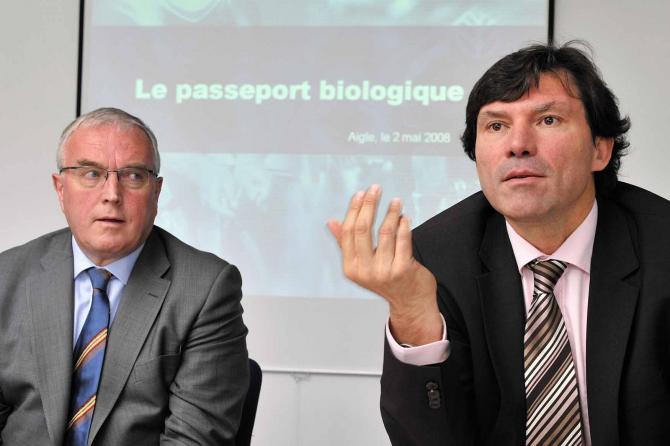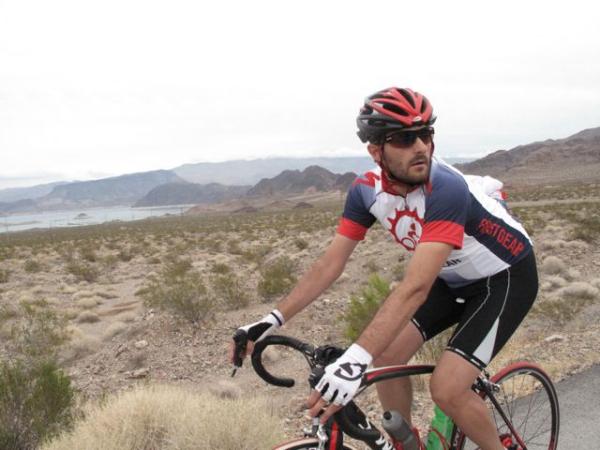Zorzoli on the TUE grey area, McQuaid calls out 'Team Sky's hypocrisy'
Corticoids abuse in cycling for years, says former UCI head
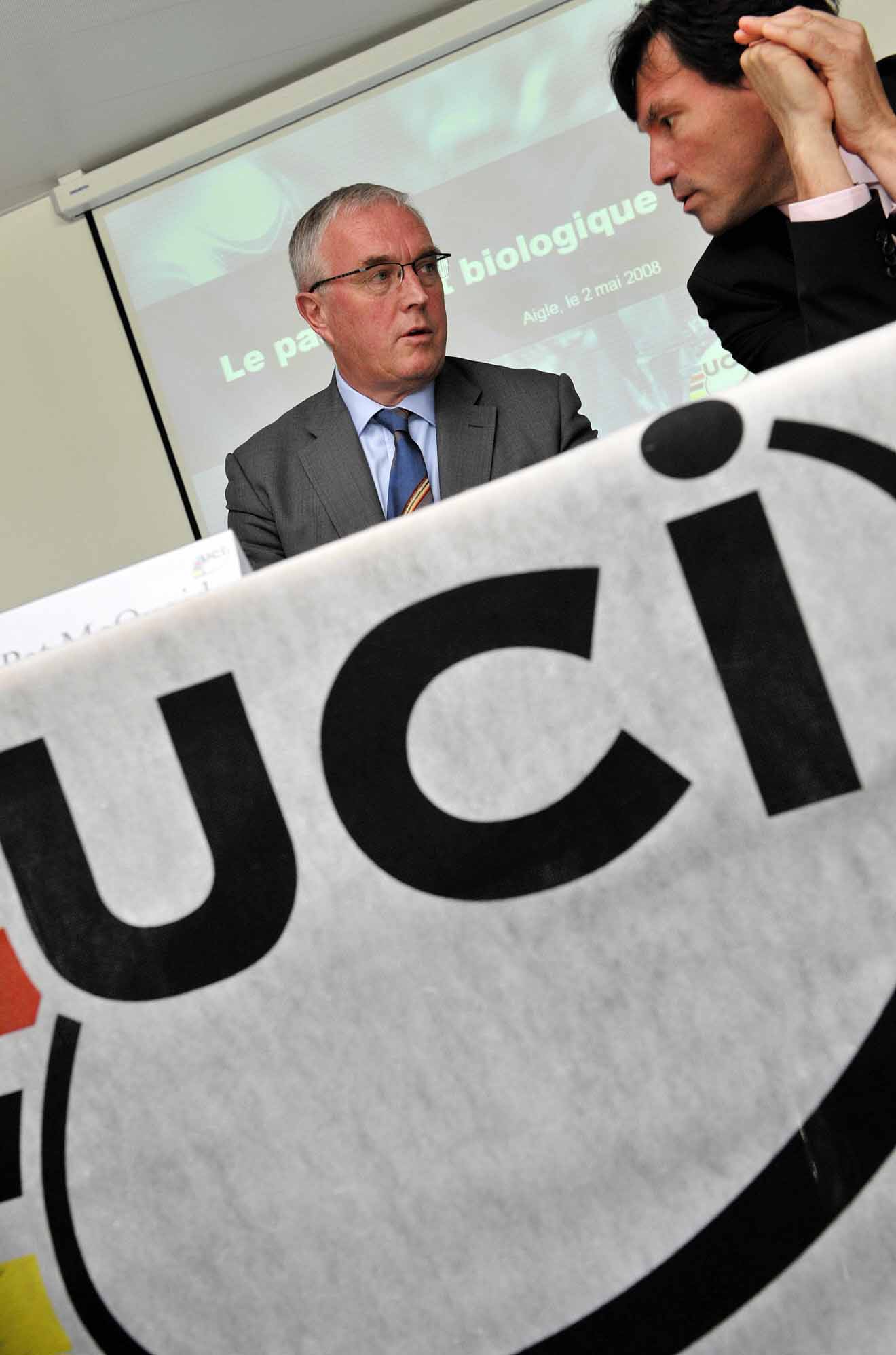
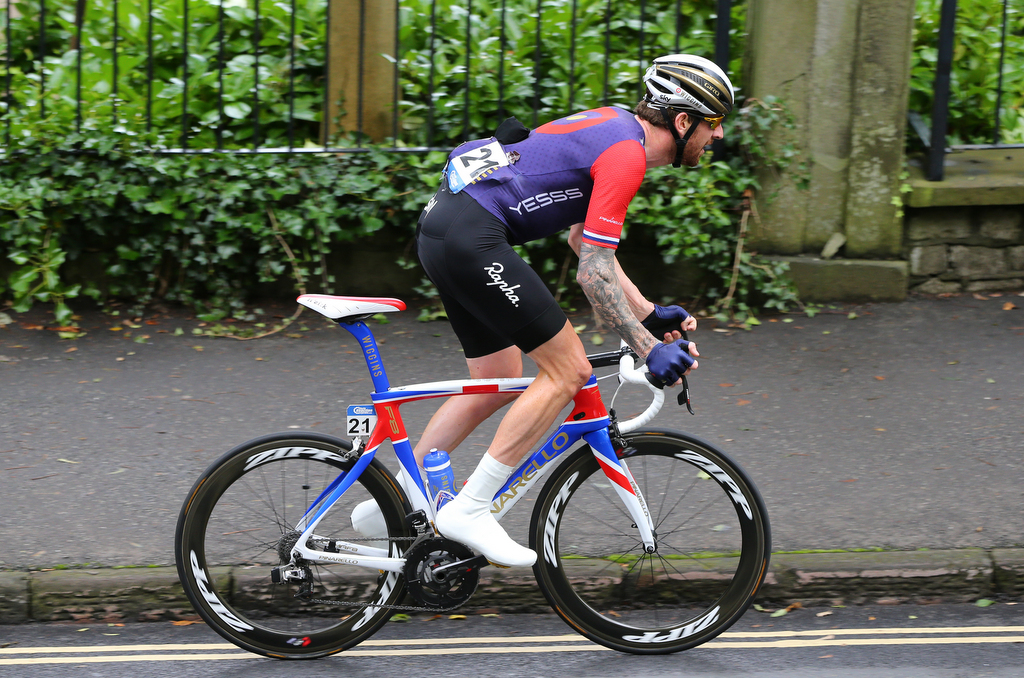
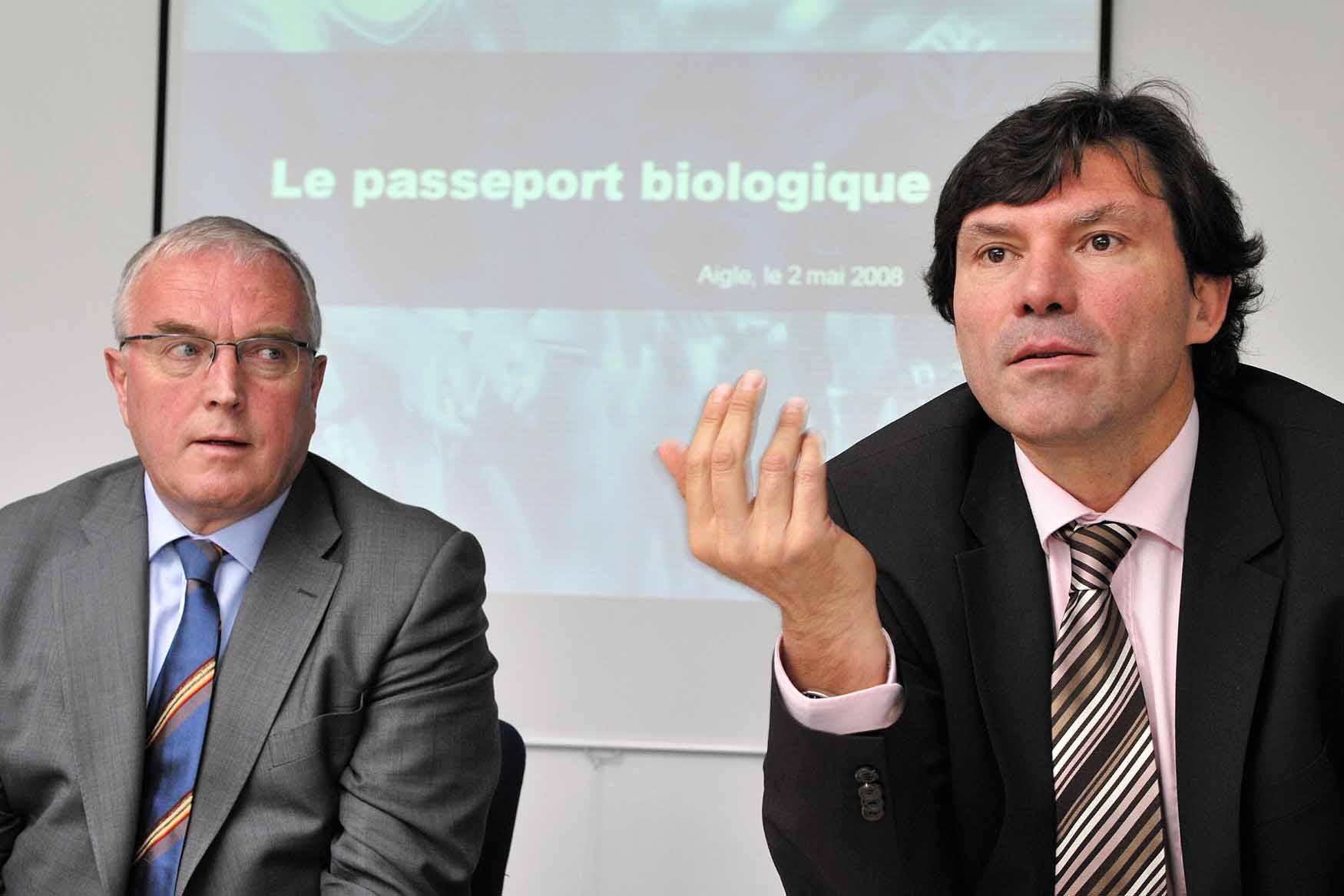
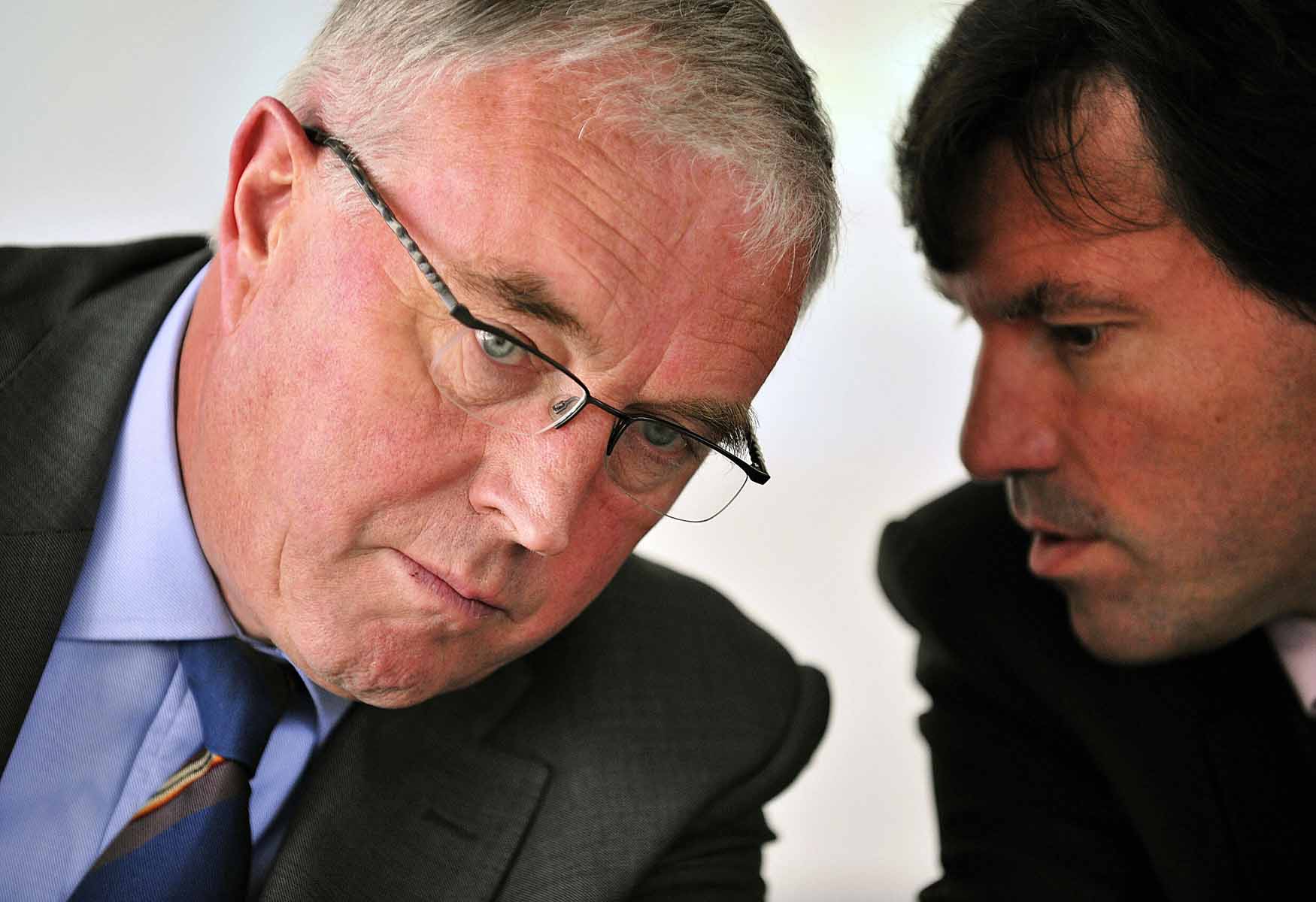
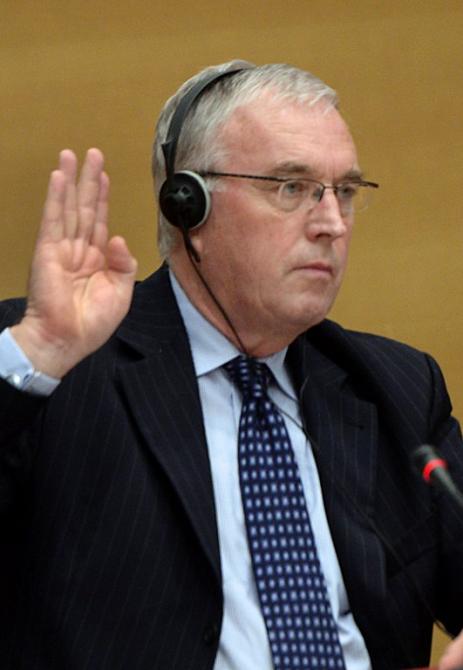
Former UCI President Pat McQuaid has told Cyclingnews that corticosteroid abuse has been prevalent in the peloton for years and that he tried to have them banned altogether during his tenure as the head of the sport’s governing body.
McQuaid, president of the UCI from 2005 to 2013, also stated that Team Sky’s clean team ethics were ‘hypocritical’ after it came to light in the Fancy Bears leaks that the British squad had given Bradley Wiggins and Chris Froome Therapeutic Use Exemptions (TUE) for allergies, and in Wiggins’ case, three injections of Triamcinolone acetonide in the lead up to several major events.
“I think that it’s been going on for years,” McQuaid said when asked about the abuse of corticoid steroids in cycling.
“I tried to get corticoids banned completely. I was given the impression that they were being abused.”
When asked to provide evidence of corticoid abuse McQuaid told Cyclingnews of a conversation he had held with former UCI Scientific Advisor and UCI doctor, Mario Zorzoli, in around 2011. He could not remember the specific date.
“I do remember having a discussion with Zorzoli and he told me that at the Classics there were riders who were looking to win or do well and were taking corticosteroids during that period on a TUE. He felt that it wasn’t a genuine TUE but that it was just to help them.”
Cyclingnews spoke to one individual who worked within professional cycling since the 1990s. He wanted to remain anonymous but concurred that TUE abuse, especially in the mid-2000s, was prevalent.
The latest race content, interviews, features, reviews and expert buying guides, direct to your inbox!
“Back then cortisone was definitely taken advantage of. Especially in that period. I know of one team in the mid-2000s that had every single rider on a TUE for all three Grand Tours. That was around ten years ago and all you needed was a doctor who would say you had tendonitis somewhere on your body and that was it, you had your TUE. That doctor was pulled into the UCI and asked ‘what are you doing?’ but there was nothing they really could do about it.”
He added that the sport has moved on in recent years.
“The difference now, and there are still some doctors from that era still working in the sport, is that there’s been a big shift in the mentality so you had over 200 TUEs back in 2009 and last year I think the number was only 13. Compare that to the 1990s when there weren’t even TUEs. Back then there were riders giving themselves cortisone for whatever race they wanted. It was a drug that wasn't even controlled. There’s been a big cultural shift to where we are sitting now and that is a great thing for the sport.”
Zorzoli opens up
Zorzoli, who was briefly suspended from his role in 2014 following allegations made by Michael Rasmussen, left the UCI last year with UCI President Brian Cookson stating that there was ‘no stain on his reputation’.
Rasmussen’s allegations stemmed from the anti-doping investigation into Dr Geert Leinders, who was handed a lifetime ban by USADA, and two other recognised anti-doping organisations, for his role in systematic doping at the Rabobank team.
The former Rabobank rider Rasmussen testified that Zorzoli met with Leinders and said that, "Rabobank was a team that had ‘butter on its head’…meaning that all the problems, doping related problems would slide off,” as reported in USADA’s full decision. Zorzoli was cleared with the Cycling Independent Reform Commission (CIRC) report finding insufficient evidence to back up Rasmussen’s claim.
The Italian has given few, if any, interviews since leaving his post at the UCI but he admitted that TUEs created a grey area, and that although corticoid abuse was an issue, it had been largely resolved by the UCI’s 2011 implementation of the no-needle policy. Zorzoli could not recall the conversation mentioned by McQuaid but he told Cyclingnews that: “Local corticosteroids have been used for a long time and that’s why we introduced the no needle policy. We wanted to stop the use of local injections of Corticoid or other vitamins and minerals, and local administration was not covered by TUEs.”
Zorzoli, like McQuaid, was at the UCI when Wiggins’ TUEs were signed off by the governing body. However he would not talk about the specifics surrounding the Team Sky rider’s medical need for Triamcinolone. However, he felt that there was no abuse of the TUE system and that the UCI approved Wiggins and other riders’ TUE applications in good faith, and in line with the WADA code.
Regulation of the TUE system
Questions over the process and approval of TUEs have arisen due to the Fancy Bears’ leak, with sporting ethics a hot topic for debate. A regular question is, if an athlete is so sick that they need a TUE, then are they too ill to compete? Corticosteroids, for example, help shed weight, aids recovery and improves power to weight, as stated by many of the athletes who have taken them.
This has also put the focus on the governing bodies, as they sign off on whether an application is accepted or denied. When asked if he felt riders were ever using the TUE system in order to gain a medical advantage, Zorzoli responded that the responsibility for such a question never rested on his shoulders.
“That’s not my task. WADA has published a list of medical conditions and the medical information to support the decisions of therapeutic use exemptions committees. This defined the modalities over diagnosis, treatment, and duration. A prohibited substance can be allowed if a sick athlete has requested a TUE. The TUE says that if you fulfil these conditions then you’re allowed to receive the treatment. That’s why the athletes can have systemic injections or oral corticosteroids. Of course the UCI always fought this. Prior to the introduction of the WADA Code TUEs didn't exist in cycling, if you remember the case of Jonathan Vaughters for example. And even after the introduction of TUEs the UCI won at CAS when they refused to grant a TUE for amphetamines in the case of an athlete suffering of narcolepsy.
“It’s a grey area. TUEs are a grey area. You can correctly grant permission to someone to take testosterone or other drugs like amphetamine, but you practically can't verify by anti-doping tests if the dosage the athlete is taking is the authorized one or if he's taking more to grant a performance-enhancing effect. It is a grey area for sure. I never felt it was being abused after the no-needle policy regarding the use of local injected corticosteroids, which by the way are allowed under the WADA Code and don't require a TUE.”
McQuaid added that the UCI were, during his leadership, following the WADA guidelines but that the no-needle policy, which was first adopted by the MPCC, was brought in to reduce the amount of corticoids in the peloton.
“I asked how we could stop it and Mario said that we couldn’t because it was all under the WADA rules,” he said. “Mario didn’t have much of an option. It was requested by the doctor and given a proper medical reason for doing it. That’s the difficulty because it’s a medical situation and it’s a hard one to go back on. How do you differentiate between someone with a genuine medical need for something and one that doesn’t? Nine times out of ten Mario was put in a very difficult position, nine times out of ten, to say no to a TUE.”
“We felt it [the TUE system – ed.] was being abused during the Classics. It wasn’t the case that it was being abused in general. If a rider asks for a TUE a couple of days before a Grand Tour then you have to wonder. It seemed to be prevalent in the Classics.”
When asked why the Classics and not the Grand Tours, McQuaid said: “I don’t know. The Grand Tours were more when allergies come into play with the summer. That doesn’t happen in the Classics.”
Finally, when asked about the situation regarding Wiggins, McQuaid pointed the finger at the former Tour de France winner’s previous team, Team Sky, rather than the rider.
What is the no needle policy?
In May 2011, on the eve of the Giro d’Italia, the UCI Management Committee signed off on an important amendment to their legislature. The new policy, first established by the MPCC, prohibited the use of injections of medicines or any other substances without clear medical need.
The policy had been presented to WorldTour and Pro Continental teams in March of that year. It meant that riders could no longer inject vitamins, sugars, enzymes amino acids or other doping products.
Daniel Benson was the Editor in Chief at Cyclingnews.com between 2008 and 2022. Based in the UK, he joined the Cyclingnews team in 2008 as the site's first UK-based Managing Editor. In that time, he reported on over a dozen editions of the Tour de France, several World Championships, the Tour Down Under, Spring Classics, and the London 2012 Olympic Games. With the help of the excellent editorial team, he ran the coverage on Cyclingnews and has interviewed leading figures in the sport including UCI Presidents and Tour de France winners.
